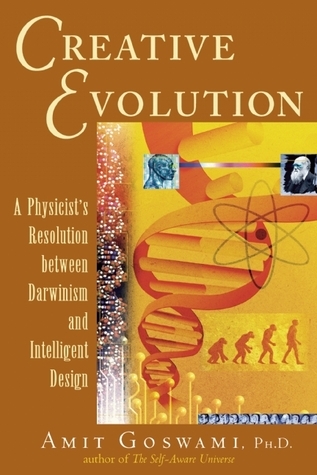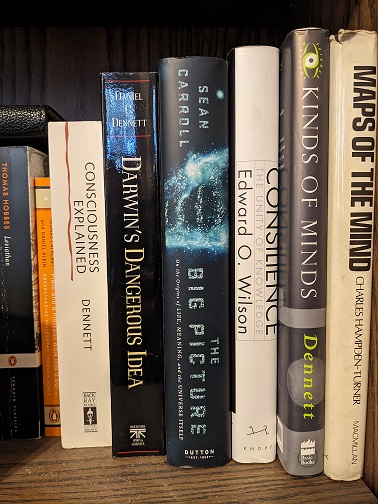Agile across the Generations
In a post last month I discussed the Agile method, and described an origin story for it. In my story, Agile was invented by a new generation of software developers for a new generation of software – the software being written in the fast-paced world of the networked personal computer. It started when an “Agile Manifesto” was declared in 2001, at the height of the dot-com boom, after the software world had experienced a couple of decades of rapid growth amidst a profound shift in work patterns. A rising young generation (my own, Generation X) moved freely from job to job, eschewing loyalty to the company in favor of careers as “perma-temps.” Some system was needed to manage the frenetic chaos of this new working environment, and that’s where Agile came in.
This surely is a simplification and possibly off the mark. After all, innovation in workflow management precedes the Agile manifesto by generations. It has been a part of the evolution of the modern corporation for more than a century, going back at least to Taylorism and scientific management. Agile fits in with other conceptualizations of “lightweight” or “lean” approaches to project management, meant to avoid bogging everyone down with process and minutiae, and with earlier iterative development methodologies. These came about long before my generation was in the workforce.
My origin story came about because the Agile methodology strikingly fits the peer personalities of the generations who invented it – Baby Boomers and Generation X. If you look up the signatories of the Agile Manifesto, almost all of them are from those two generations, which constituted the bulk of workforce at the time (Millennials were only just graduating from high school). These are both generations know for individualism, for focus on the self and the personal, and for short-term thinking. It makes sense that they would embrace a work methodology that emphasizes individuals over process, and adaptability over planning.
The very name “Agile” evokes the ideas of speed and flexibility, qualities which align with my generation’s reputation. Also aligning with Generation X is Agile’s way of defining success as developing software that works, not necessarily software that is perfectly crafted or meticulously documented. “Git-R-Done!” or “Just Do It!” as a Gen Xer might say. Or how about the Agile sub-type known as “extreme programming,” a hyper-focused iterative approach with very short cycles? What could be more Gen X than that?
My point is that this methodology was primed for the workforce of the time – a workforce consisting of young adult Gen Xers, managed by middle-aged Boomers. The hyper-focused individualists were doing the work while the visionaries were directing them. Agile, in theory, was a mindset, a whole philosophy of managing work in a fast-paced world. So long as everyone was not worried too much about following a fixed process or plan, but instead was adaptable and constantly communicating, much could be accomplished.
Contrast this with Six Sigma, a methodology that came from the Silent Generation when they were the middle-aged managers of young adult Boomers. This faultfinding approach, which uses statistical methods to eliminate defects in processes, suits the Silent Generation’s reputation for fine-tuning expertise, as well as the Boomer Generation’s reputation for perfectionism.
Now what about Agile in the workforce today? It’s been over twenty years since the manifesto was published, and now it’s Gen Xers who are the middle-aged managers and Millennials who are the young adult workers. Does the Agile methodology suit a generation known more for hivemind thinking than for focused individualism? I think it does, though maybe not in exactly the way it was originally envisioned.
I have been using Agile at work for the better part of the last ten years, at all three of my most recent software development jobs. In my experience, the ideal of the “Agile mindset” doesn’t really stick. It’s fine to have an overall philosophy of work, but actually getting people to adopt a specific mindset requires coaching and attention, not simply declaring a vision. What does stick easily about Agile is the framework of dividing the work into short sprints and keeping the team aligned, using regular meetings (such as a daily scrum or stand up) and a system for tracking the work (such as user stories on a storyboard).
I think the structure provided by this framework is a good fit for the peer personality of the Millennial generation, who do best in an orderly work environment with clearly set expectations. They like to be given a well-defined task and rewarded for accomplishing it. A little praise and gratitude will do. They even get FOMO when they don’t have a specific assignment, which is understandable as it might be a sign that their position isn’t needed any longer.
Even as Agile methodology supplies structure, the short duration of the sprints and the iterative workflow continue to provide the benefits of flexibility as project priorities and personnel shift about. A plethora of practices and sub-methods has evolved out of the original idea, giving Gen X and Elder Millennial managers plenty of ways to tinker with the methodology to find the best fit for their teams.
It’s worth noting that there are limitations that come about when you have structure. If everything has to be tracked, work might not get done if no one remembers to track it. If expectations are clear, there might not be much motivation to go beyond expectations. A well ordered framework for defining and assigning work might be easy to navigate, but it can also foster complacency. No one is likely to go above and beyond, if there doesn’t seem to be any particular reward for doing so, and if doing so risks ruffling feathers by disrupting the expected workflow.
Continuing the story of Agile, it might be that what started as a methodology for producing results in a fast-paced environment has evolved into a methodology for governing work in an orderly manner, such that everyone can function in a well-defined role. That’s what my experience shows. Agile might not be as versatile in practice as it was originally envisioned to be, but it’s still a useful tool for keeping teams aligned and productive.
I do sometimes hear an old Gen Xer on a team complain that “we’re not practicing true Agile,” but I just think, “so what?” We’re getting stuff done (hopefully), and keeping tabs on it. That’s enough.
As far as I can tell, Agile, at least in name, is here to stay. The concept is entrenched in the Information Technology workplace, and will certainly outlast my career, which has not much more than a decade to go. Ten years from now the generation that comes after Millennials, the Homeland Generation, will fill the twenty-something age bracket and constitute the workforce’s youngest cohorts. I wonder what further evolution of the Agile method might come along with them.

